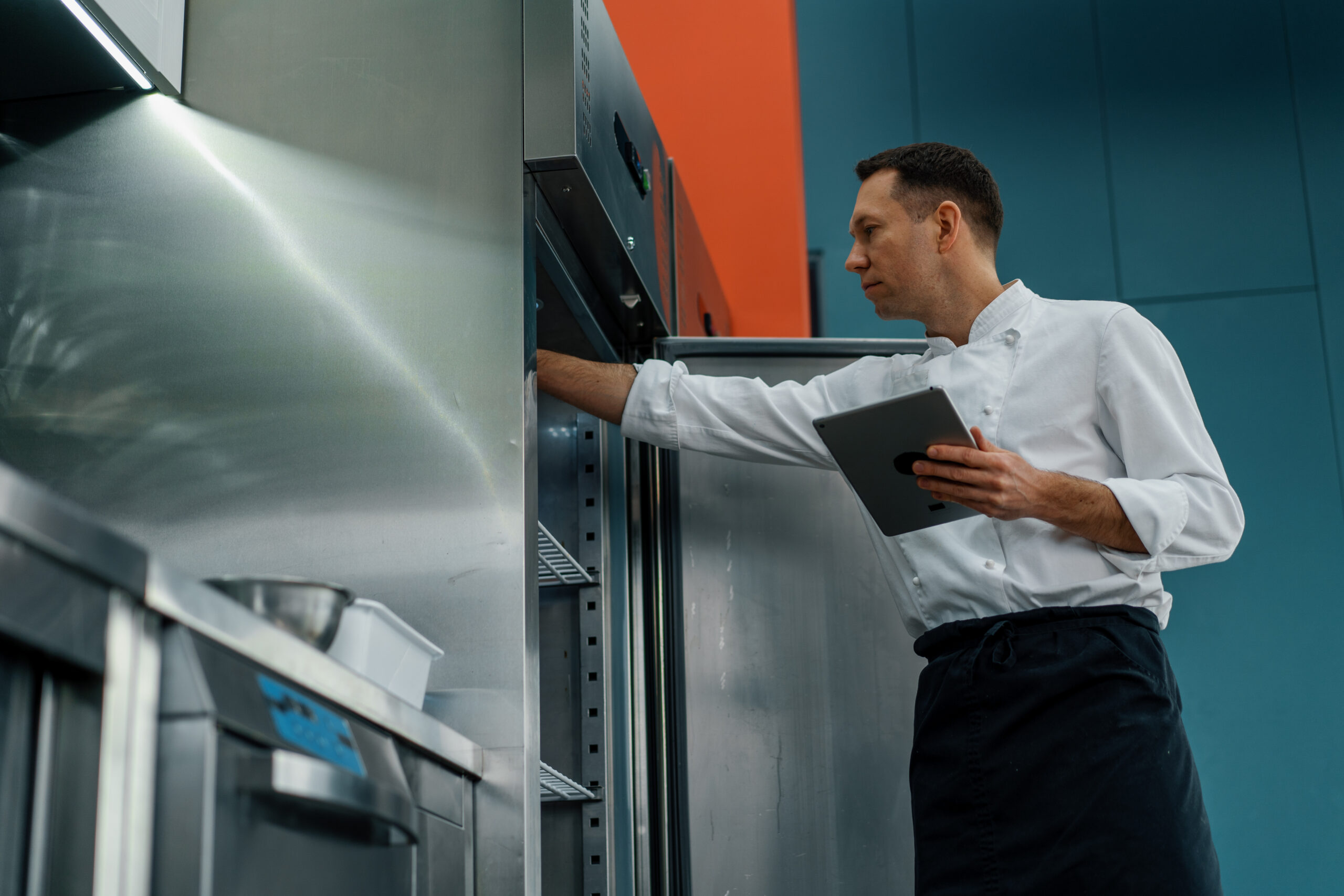
Managing Prime Cost: How Restaurants Can Calculate, Analyze, and Maximize Profitability
by Ariane Ramil, Virtual Client Account Director & Director of Development
3% to 5%. That's the notoriously thin average profit margin range in the restaurant industry, after expenses. One of the most effective levers for improving those margins is controlling prime cost – the combination of your cost of goods sold (COGS) and labor costs.
Prime cost is more than just a financial metric; it's the heartbeat of your restaurant's operations. By calculating, monitoring, and optimizing prime cost, restaurant owners can make informed decisions that directly impact profitability. Let's break down what prime cost is, how to calculate it, why it matters, and how to manage it effectively.
Running a profitable restaurant today feels like walking a tightrope. Between inflation, supply chain volatility, and a tight labor market, the pressures on restaurant margins have never been greater. The two most critical levers in controlling profitability—labor and food costs, together known as Prime Cost—can quickly spiral out of control without the right systems and leadership in place.
That's the challenge I inherited when I joined a growing restaurant company recently. Beef prices were soaring, labor costs were creeping upward, and while we were pivoting to alternative proteins, our food margins continued to suffer. To make matters worse, we were paying more to attract and retain staff—but without seeing proportional productivity gains. We had great teams, but they were tired. Overworked. At risk of burning out.
It was a recipe for disaster. But it didn't have to be.
Our solution? Turning to Restaurant365 (R365)—a powerful back-office platform that helps restaurant operators make smarter, data-driven decisions about food and labor.
What is Prime Cost?

Prime cost is the sum of:
- Cost of Goods Sold (COGS):
This includes all food, beverage, and packaging costs associated with the menu items you sell. - Labor Costs:
This includes wages, salaries, benefits, payroll taxes, and any other compensation for all staff (front-of-house and back-of-house).
Formula:
Prime Cost = COGS + Total Labor Costs
Why Prime Cost Matters
Prime cost is a critical metric because it represents your largest controllable expenses. Industry benchmarks suggest:
- Full-Service Restaurants: Prime cost should be around 55% – 60% of total sales.
- Quick-Service Restaurants (QSR): Prime cost should be around 60% – 65% of total sales.
When prime costs creep above these thresholds, profits shrink quickly. Monitoring them weekly – not just monthly – allows for faster decision-making.
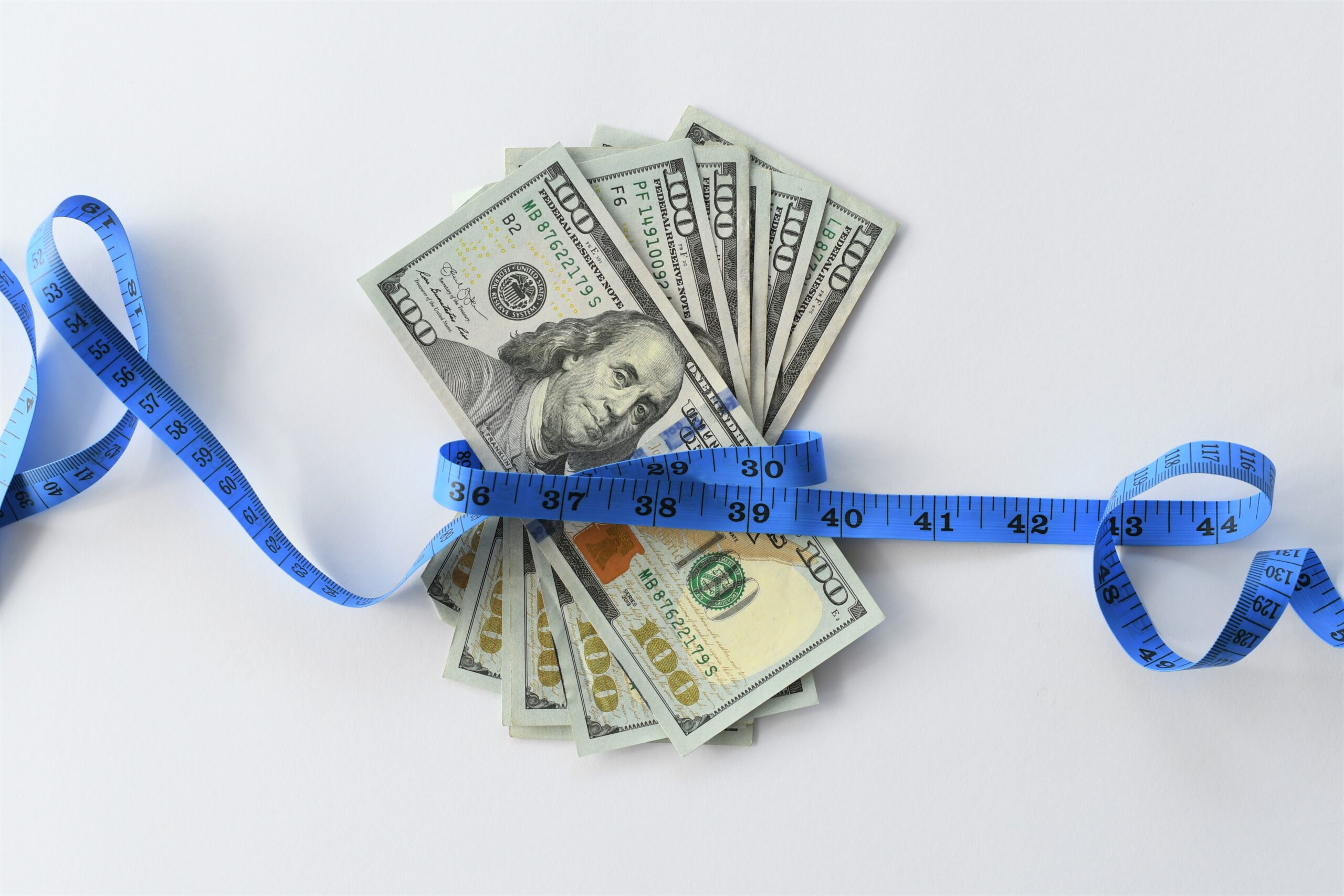
How to Analyze Prime Cost to Maximize Profitability
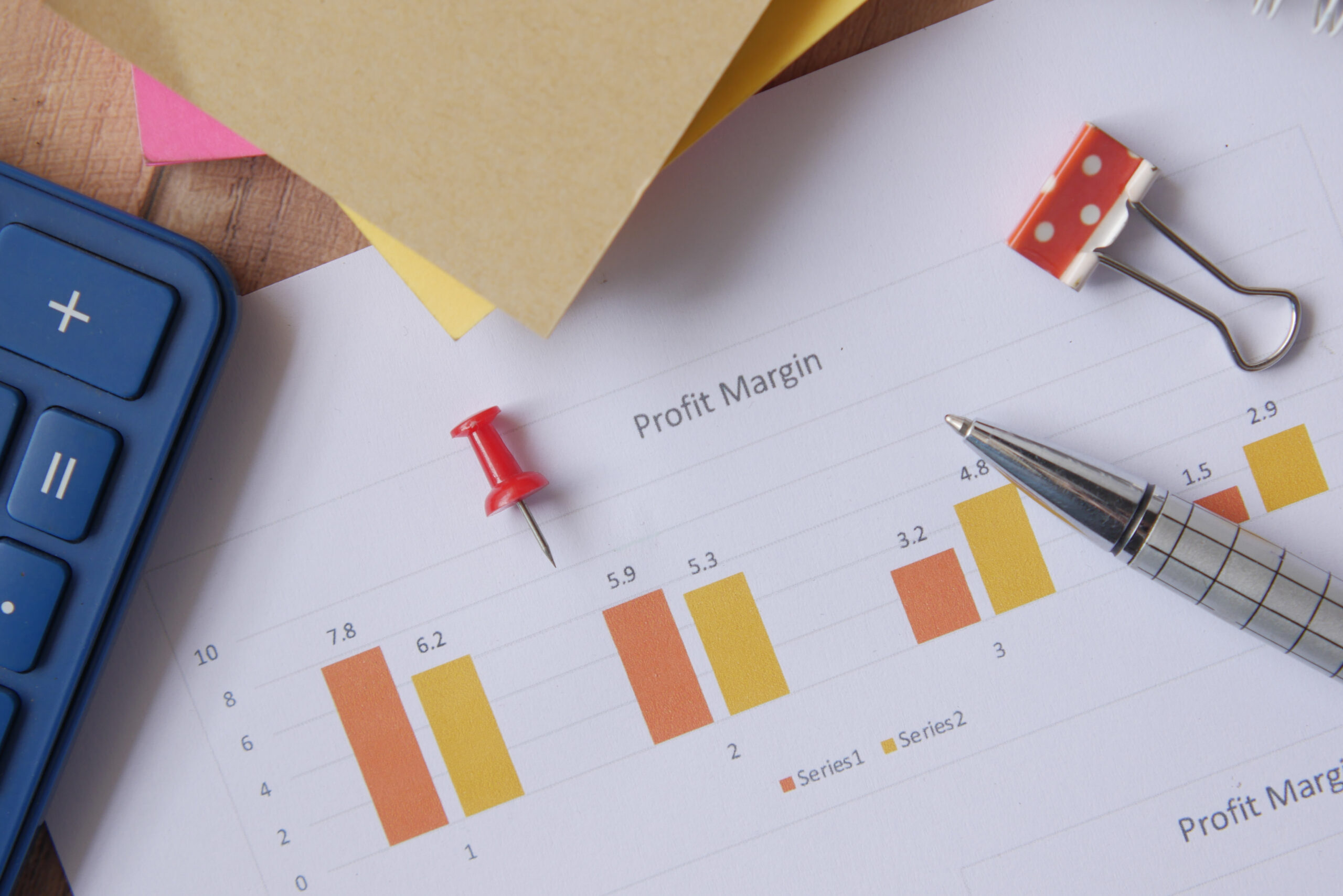
Analyzing prime cost is more than knowing the percentage; it’s about understanding where and why costs are rising and making adjustments in real time. Here’s how to approach it:
- Break Down COGS by Category
Instead of looking at COGS as one big number, break it into:
- Food
- Alcohol
- Non-alcoholic beverages
- Packaging
This helps identify specific areas with cost leaks — for example, over-ordering seafood that spoils before it’s sold.
- Track Labor Hours and Productivity
Labor cost analysis isn’t just about how much you pay; it’s about output per labor hour. Compare labor costs to sales per hour to determine if staffing matches demand.
- Benchmark Against Industry Standards
Regularly compare your prime cost percentage to similar restaurants in your segment. A QSR running at 68% prime cost while the industry standard is 62% likely has inefficiencies.
- Identify Seasonal Trends
Analyze prime cost trends over time to anticipate seasonal changes. For example, higher labor costs in December may be offset by increased sales, while summer months might require tighter control over COGS due to slower traffic.
- React Quickly
Prime cost should be monitored weekly. Waiting until the end of the month means you’re reacting too late — lost profit opportunities are already gone.
Here are proven strategies to keep your prime cost in the sweet spot:
- Control COGS
- Negotiate with Vendors: Review supplier contracts regularly for better pricing.
- Portion Control: Standardize recipes and train staff to measure ingredients precisely.
- Inventory Management: Implement a First-In, First-Out (FIFO) system to reduce waste.
- Menu Engineering: Focus on high-margin items and adjust menu pricing based on food cost fluctuations.
Best Practices for Managing Prime Cost
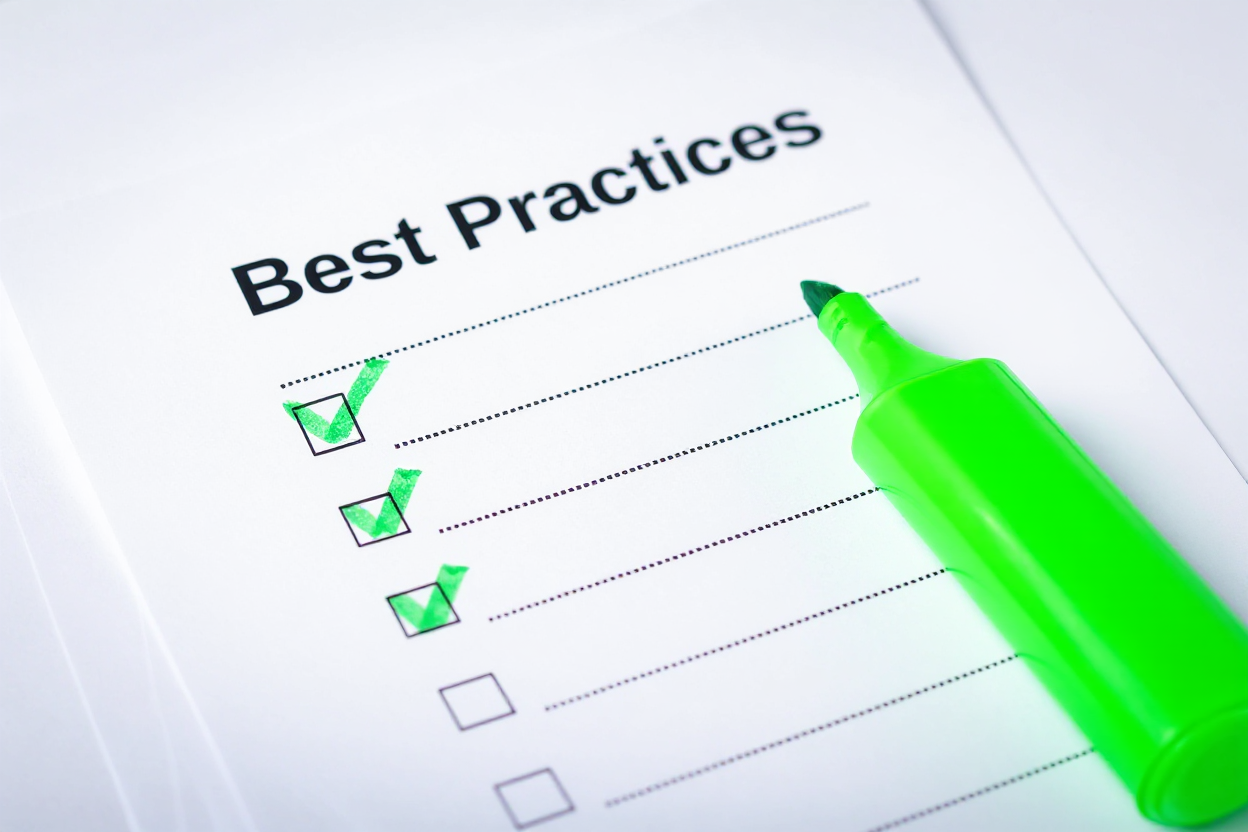
- Optimize Labor Costs
- Forecast Scheduling: Use historical sales data to match staffing levels with expected demand.
- Cross-Training Staff: Increase flexibility so staff can cover multiple roles during slow shifts.
- Reduce Overtime: Monitor scheduling to prevent unnecessary overtime hours.
- Use Technology
Leverage POS systems, inventory software, and labor management tools to get accurate, real-time data for quick adjustments.
- Outsource Accounting Functions
Tracking prime cost requires precise, consistent financial data. Many restaurant owners partner with outsourced accounting firms in the Philippines to:
- Maintain accurate weekly COGS and labor cost reports.
- Automate data collection from POS and payroll systems.
- Analyze trends and alert owners to rising costs.
Outsourcing allows restaurant owners to focus on operations while experts handle the number-crunching—often at a fraction of the cost of an in-house team.
The Role of Outsourcing in Prime Cost Management

Restaurants that outsource accounting to the Philippines benefit from:
- Specialized Restaurant Accounting Expertise
Many outsourced teams are trained in U.S. restaurant operations, making them adept at prime cost analysis. - Weekly Reporting
Outsourced teams can prepare weekly prime cost reports so you can take action immediately. - Integration with POS and Payroll Systems
They can integrate with systems like Toast, Square, Aloha, or ADP to pull accurate COGS and labor data automatically. - Cost Savings
Philippine-based accounting teams typically cost 50% – 70% less than U.S. equivalents, freeing up resources to reinvest in operations.
Great tools are only powerful when used properly—and R365 gets this.
It includes context-sensitive help, embedded tutorials, and role-based training tools for both managers and staff. From inventory procedures to labor dashboards, team members are never left in the dark.
Even better, when you turn Prime Cost management into a team sport—with clear targets, visibility, and incentives—you create a culture of shared ownership and accountability.
At this point, your R365 implementation will align perfectly with your business development cycle. You’ll be able to input real data, track your spend, test accounting flows, and hit the ground running the moment your doors open.
Common Mistakes to Avoid
- Only Reviewing Prime Cost MonthlyThis delays decision-making. Weekly tracking is essential.
- Not Including All Labor Costs
Failing to account for payroll taxes, benefits, and overtime underestimates labor expenses. - Ignoring Small Increases
A 1% rise in prime cost could mean thousands of dollars lost annually. - Not Training Managers
Managers should understand prime cost and be accountable for keeping it within targets.

Final Thoughts
Prime cost management is the single most impactful financial discipline a restaurant owner can master. By understanding how to calculate it, tracking it weekly, and applying best practices for control, restaurants can turn thin margins into healthy profits.
For many operators, partnering with an outsourced accounting team in the Philippines ensures accurate data, timely reports, and expert analysis without the high overhead of an in-house finance department. The result? More time to focus on delivering an exceptional dining experience — and a stronger bottom line.
For more information, please fill out the form below. We’ll circle back with you shortly to discuss your requirements in further detail.
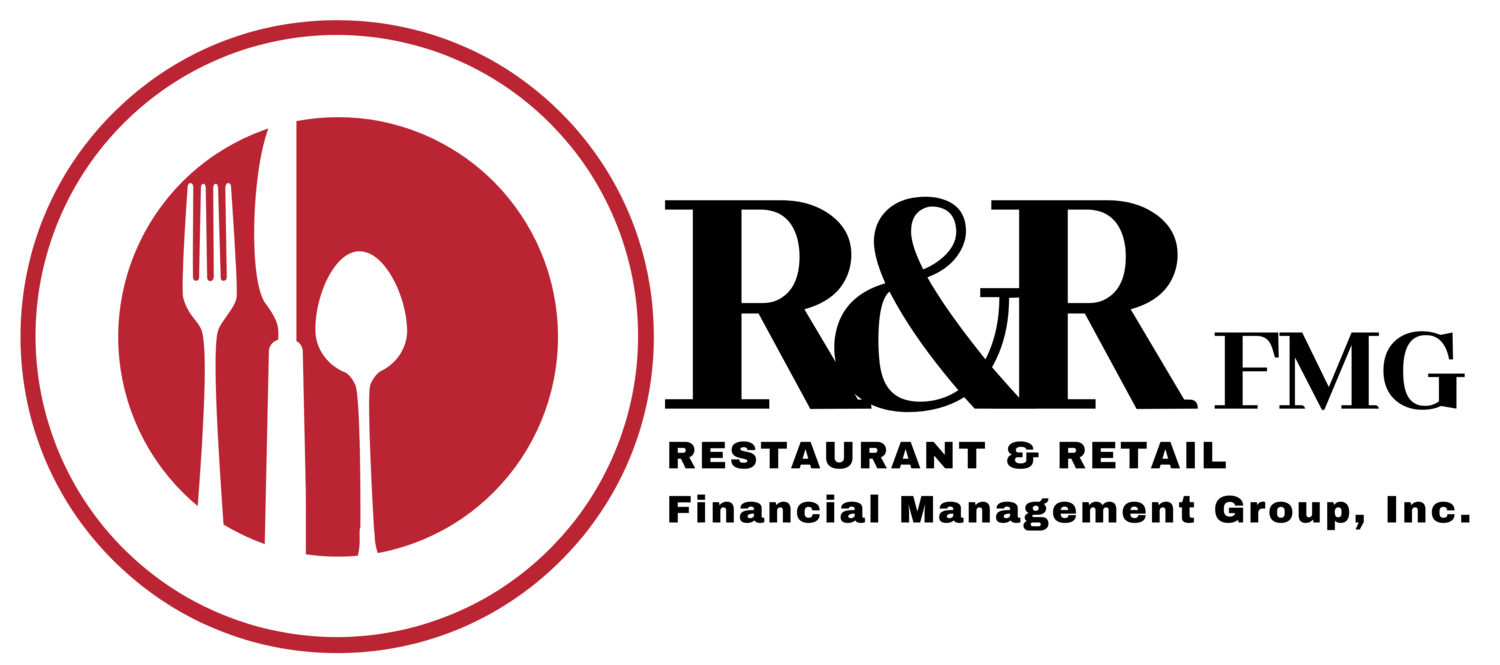
We’d love to Meet You In Person Or Via The Web!
If you have any questions, or just want to learn more about how our services can contribute to your operation’s success, please fill out the form and we’ll respond as soon as we can. Alternatively, call us directly at (818) 888-9579.
